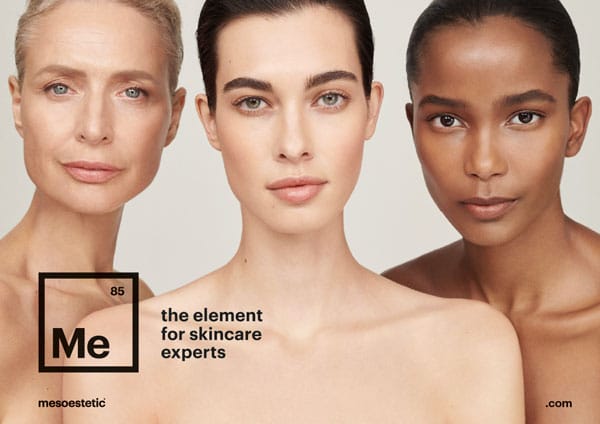Skin Peels – Revive & Renew Your Skin
We are moving into the cooler time of the year, which means skin rejuvenation and the reduction of hyperpigmentation should be at the forefront of your mind. Skin peeling is one such technique for skin renewal, offering many different intensity levels depending on the skin condition. A peel is a technique that involves the application of a variety of chemical or herbal solutions to remove the damaged outer layers of dead, discoloured and coarse skin cells from the skin’s surface.
You will notice a profound improvement by stimulating the cell renewal process and removing a build-up of dead skin cells, particularly in skin conditions such as wrinkles, fine lines, texture, tone, brightening, and lightening. In addition, a peel dramatically increases blood circulation, softens scar tissue and addresses concerns such as blemishes and pore size. It also stimulates fibroblasts to assist with new cell formation, and will ultimately result in healthier skin and a more even and balanced production of natural oils. Classifications of the skin should always be professionally considered before an experienced aesthetician undertakes a peel. The first is the Fitzpatrick skin type.
This guideline determines how one might respond to chemical peels and the risk of hyperpigmentation by noting the skin’s response to sun exposure. The second classification is the Glogau classification – also known as the wrinkle scale – of photoaging designed to aid the professional aesthetician in determining the severity of sun damage to the skin, primarily visible in the form of discolouration and wrinkles. There are four main types of peel intensity when carried out in a treatment room.
- Progressive – this peel does not usually cause immediate or visible exfoliation. However, the skin will look refreshed and glowing and can be carried out as a stand-alone treatment or in conjunction with other facial treatments i.e. microdermabrasion. The progressive peel can be carried out every 1-2 weeks for 3-6 treatments.
- Progressive Plus – exfoliation typically occurs within 2-3 days post-treatment. This level of peel provides good rejuvenation with more sunburn-type flaking and dryness.
- Mid-Depth – exfoliation occurs within 2-3 days post-procedure. The mid-depth peel provides full-face exfoliation and sometimes turns dark brown before flaking. Typically peeling occurs for 2-4 days. These peels can occur monthly.
- Deep – the skin undergoes considerable peeling. The entire process takes about 7-10 days for the peeling and can occur every 3-4 months.
Other factors that are taken into consideration by the experienced aesthetician are:
- Climate and time of the year when selecting a peel regimen
- Homecare and the use of corrective products to make the skin more receptive to acids, thus creating a less intensive treatment and more aggressive
- The number of times the skin has been peeled and the types of peels used
- The type of skin, whether thick, thin, oily, acne, sensitive or hyperpigmented. In general thin skins respond well to progressive treatment, while thick skins may need a mid-depth treatment to achieve exfoliation.
- The strength of the solution used and the pH. The higher the percentage and the lower the pH, the more intense the treatment.
- Treatment prepping method. An aggressive prep increases the depth of the peel.
- Length of time the solution is left on the skin.
- Amount of solution and the even distribution of the peeling solution left on the skin
- Method of application, amount, and the pressure used when applying the solution.
Peeling with acids or herbs is an art and a science. Many factors need to be taken into account by your aesthetician when deciding the correct peel to be applied. Peels stimulate new healthier cells providing renewal and revival to the complexion.




